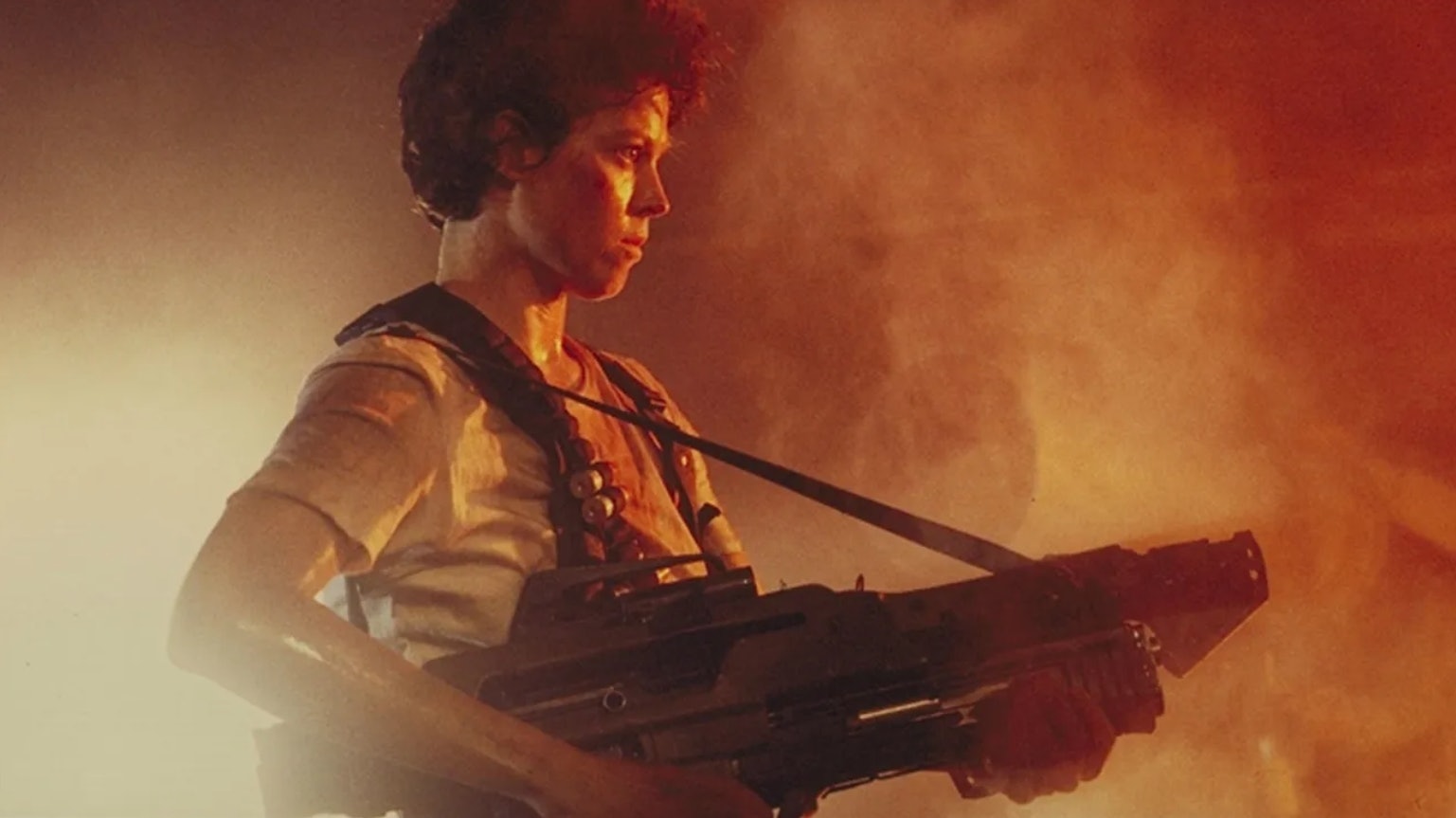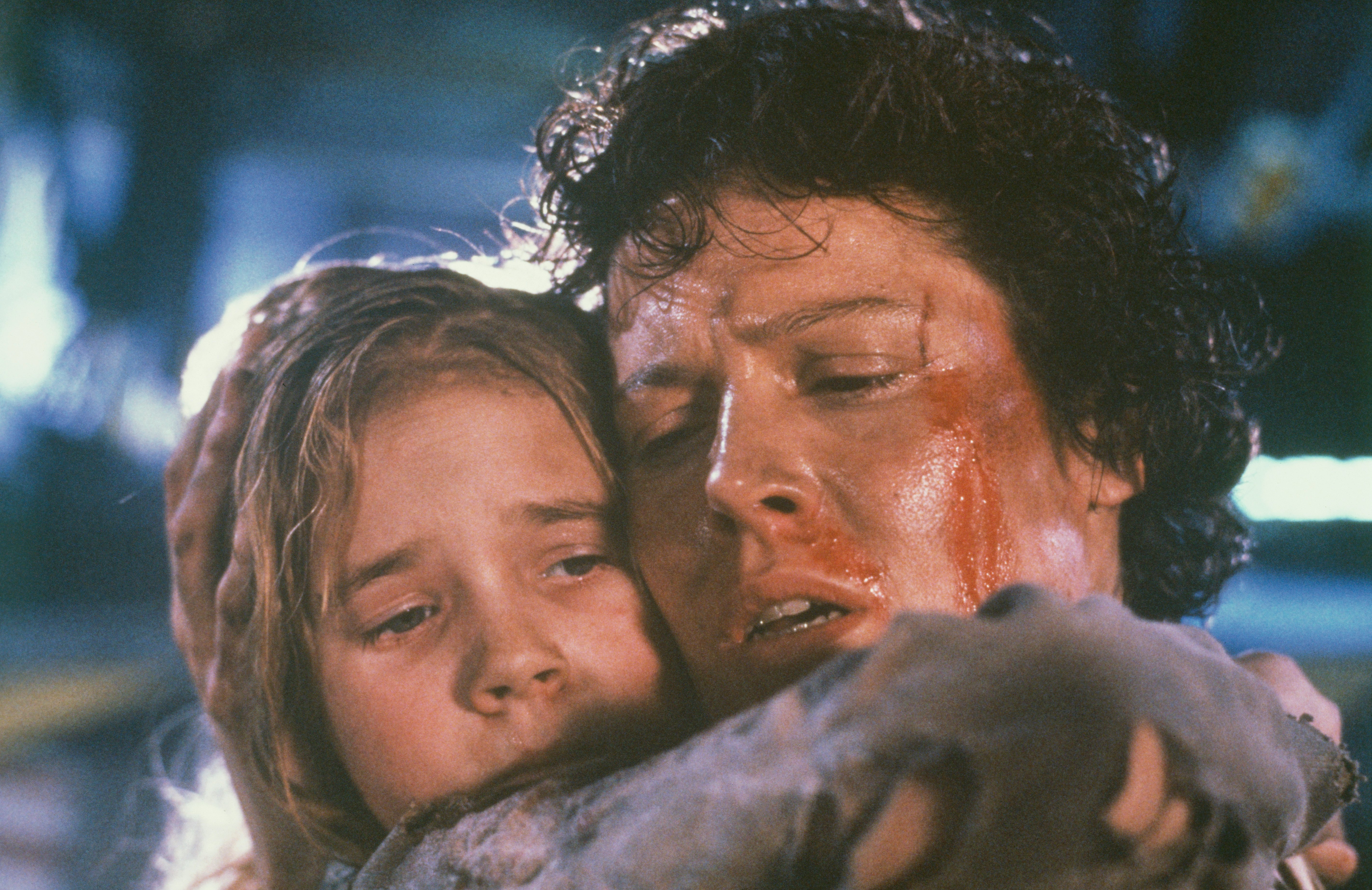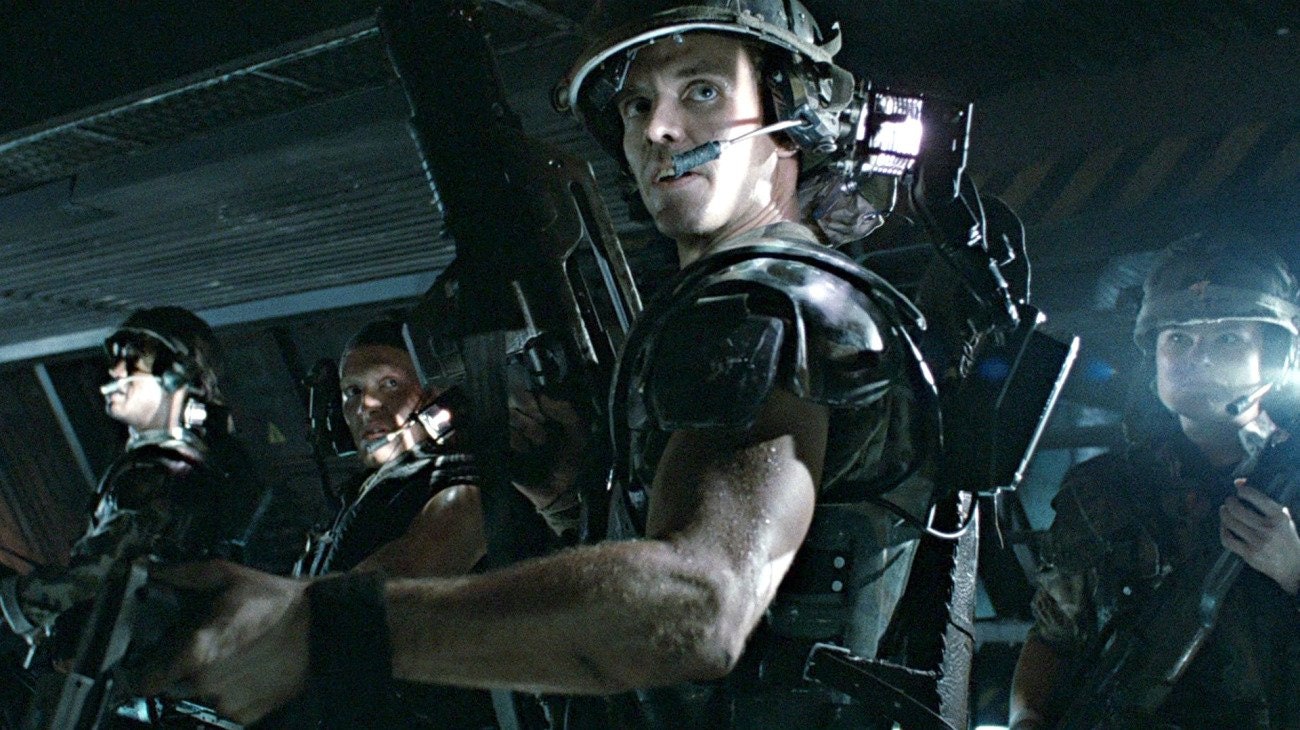
In the new film Alien: Romulus, sci-fi fans will see several references to the 1979 Ridley Scott classic that kicked off the whole franchise. Romulus even has Scott’s seal of approval; the director was reportedly “relieved” when he saw an early cut. But while Romulus is a direct sequel to Alien, the homages aren’t limited to it.
In many places, it feels like Romulus has more in common with the 1986 James Cameron-directed sequel, Aliens. So if you’re hoping to continue your chest-bursting journey after seeing Romulus, you can do no better than to rewatch the film that truly birthed the rest of the franchise with gusty bravado nearly 40 years ago.
Aliens, as a sequel, is a unique and unlikely beast. Although Alien was a hit for 20th Century Fox, budget concerns trapped the sequel in development limbo. Unlike today, where it's common for studios to gamble on spinoffs and sequels to existing properties, Alien 2 didn’t seem like a surefire moneymaker. Alien director Ridley Scott also had several post-Alien projects, including briefly being attached to a Dune movie before directing 1982’s Blade Runner.
But then, in 1983, James Cameron submitted a treatment for a sequel, and things started to move. Studio changes and a writers’ strike delayed the film, but by 1985, Aliens began filming. And from the outset, it was clear that while Cameron intended to honor Alien, it would in no way be a retread.
While not a new observation, it bears repeating: Cameron’s single biggest innovation is that he took a horror movie and made an action sequel. After being in cryosleep for 57 years, Ripley (Sigourney Weaver) wakes up to a future where Weyland-Yutani has put a colony right smack dab in the middle of where the alien was encountered in the original film. Ripley is asked to join a company of Colonial Marines to help deal with the creatures, which she agrees to in part because she became a slightly different character while in suspended animation.

Unlike Alien, which employed a naturalistic narrative, Aliens hits you over the head with character motivations. In Alien, an unsuspecting crew just happened to stumble into a crisis. In Aliens, we’ve got a military mission, and Ripley is on a personal quest. Because she’s been in stasis for so long, her daughter has passed away. She’s a woman out of time and out for vengeance against the aliens that destroyed her life.
Add to this a ragtag group of marines, who, unlike the crew of the Nostromo, come with stock character traits. We’ve got the reliable Hicks (Michael Biehn), the arrogant Hudson (Bill Paxton), and the muscley badass Vasquez (Jenette Goldstein), who comes across as an amalgamation of various commando characters we’ve seen before. Years before Paul Verhoeven turned Starship Troopers into a satirical anti-fascist film, Cameron gave copies of Robert A. Heinlein’s novel to his cast to get them in the mindset of a space marine.
This detail is a microcosm of what makes Aliens such an enduring film, despite it sneakily simplifying the franchise’s ethos. Aliens put Ripley into a motherly role, having her save the young Newt (Carrie Henn). It makes the resident android, Bishop (Lance Henriksen), a hero instead of a villain like the first film’s non-human. It also turns a cramped, small film into a full-on action flick.

While Alien was just shy of being mainstream, Aliens is an extreme crowdpleaser. In an era when first-person shooter video games were emerging, Aliens feels ahead of its time. Indeed, the 1990 Aliens arcade game was a staple for years, specifically because it replicated the movie's aesthetics so well.
For better or worse, this is Aliens’ true legacy. It humanized the amoral world of Alien by giving it bonafide heroes. People aren’t just fighting to survive; they’re trying to save the day. This might seem like a subtle shift, but if you watch Alien and Aliens back-to-back, you can see a new franchise emerging from the dead chest of the first film. Like the critters themselves, Aliens is the moment when the franchise learned how to adapt by becoming something new.







